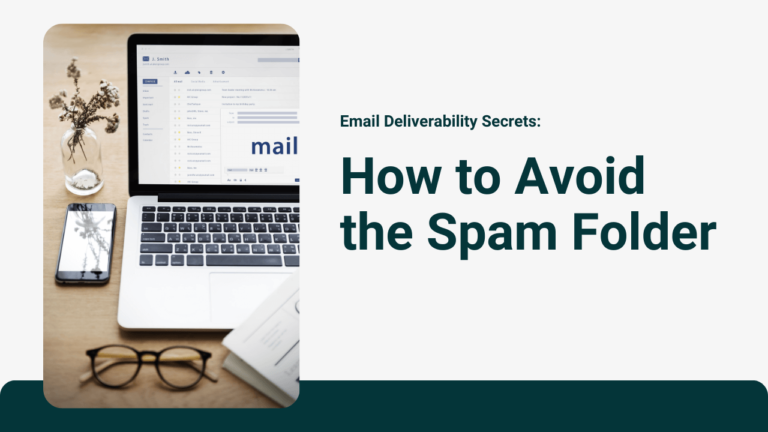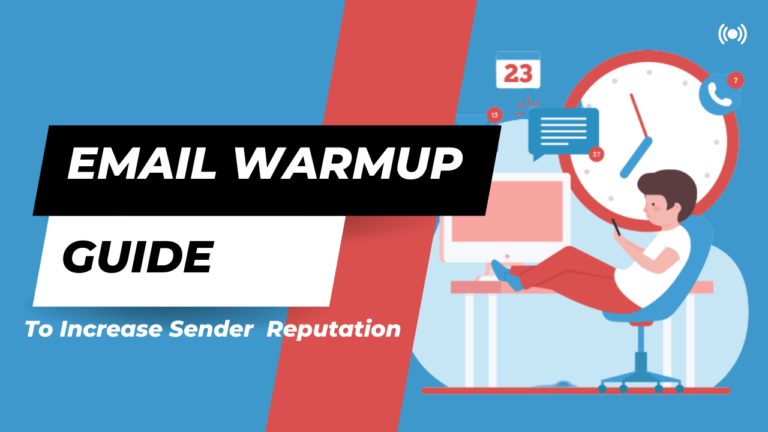Bounces are undelivered emails due to mailbox full, incorrect email address, the domain does not exist, and many other reasons. There are two types of bounces. Hard bounce and Soft bounce. One is permanent and another is temporary. Always provide attention to your bounce logs as it impacts your sender reputation and deliverability.
What is Hard Bounce?
Hard Bounce is a permanent error, and can not be delivered to the recipient’s mailbox. Hard bounce causes are due to different reasons. A few of the reasons are below.
- If an email address doesn’t exist
- If the domain name doesn’t exist
- If your recipient’s email server has blocked your emails
- If inactive users, such as when someone leaves a company or abandons a free email account
The action you should take for Hard Bounces
- Stop sending emails to those email addresses
- Identify the source of contacts for those email addresses
What is Soft Bounce?
Soft Bounce indicates a temporary error and can be delivered on the next attempt. If Soft Bounces repetitively get bounced more than 5 times it’s better to remove them from your contact list. Few reasons for causing soft bounces.
- If the mailbox is full
- If the mailbox is not configured correctly
- If the recipient email server is down
- If the recipient email server has sent too many emails during a period of time
- If an email message is too large
- If an email message is blocked due to content
- If an email message does not meet the recipient server’s policies
- If an email message does not meet the recipient server’s DMARC requirements for authentication
- If an email message does not meet the recipient server’s anti-spam requirements
- If an email message does not meet the recipient server’s anti-virus requirements
- If an email message does not meet the recipient server’s sender requirements
- If an email cannot be relayed between email servers
- If an email cannot be relayed for unknown reasons
The action you should take for Soft Bounces
- Retry sending campaigns for 5 times, if still it’s bouncing back then stop sending to those contacts.
Understanding the difference between Hard Bounce and Soft Bounce is very important when you’re focusing on email deliverability and sender reputation. A higher percentage of bounces lead to an unhealthy list, so consider bounces as an indicator of a bad list and clean your list accordingly.







